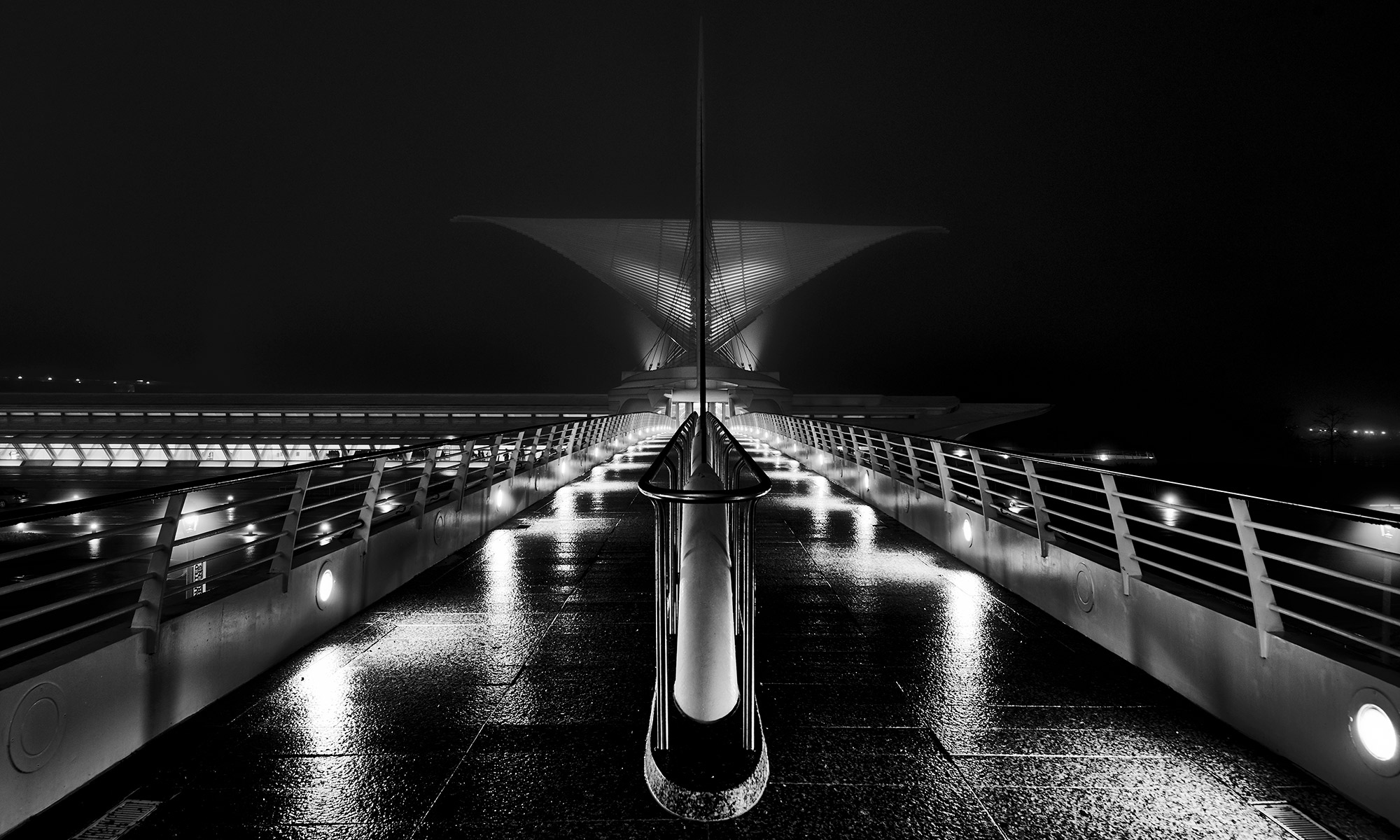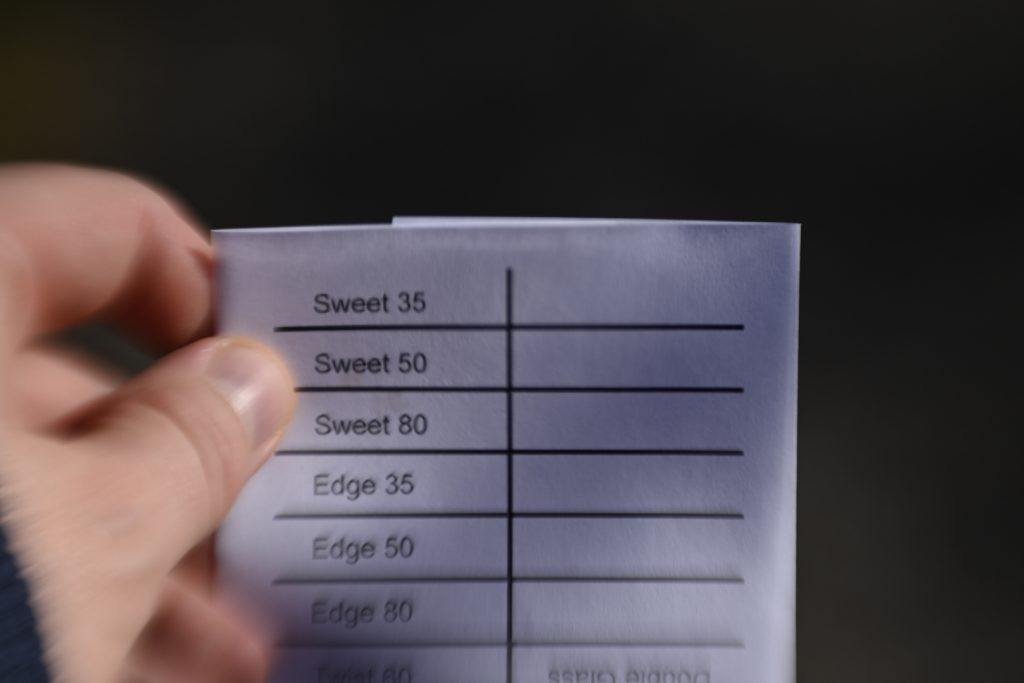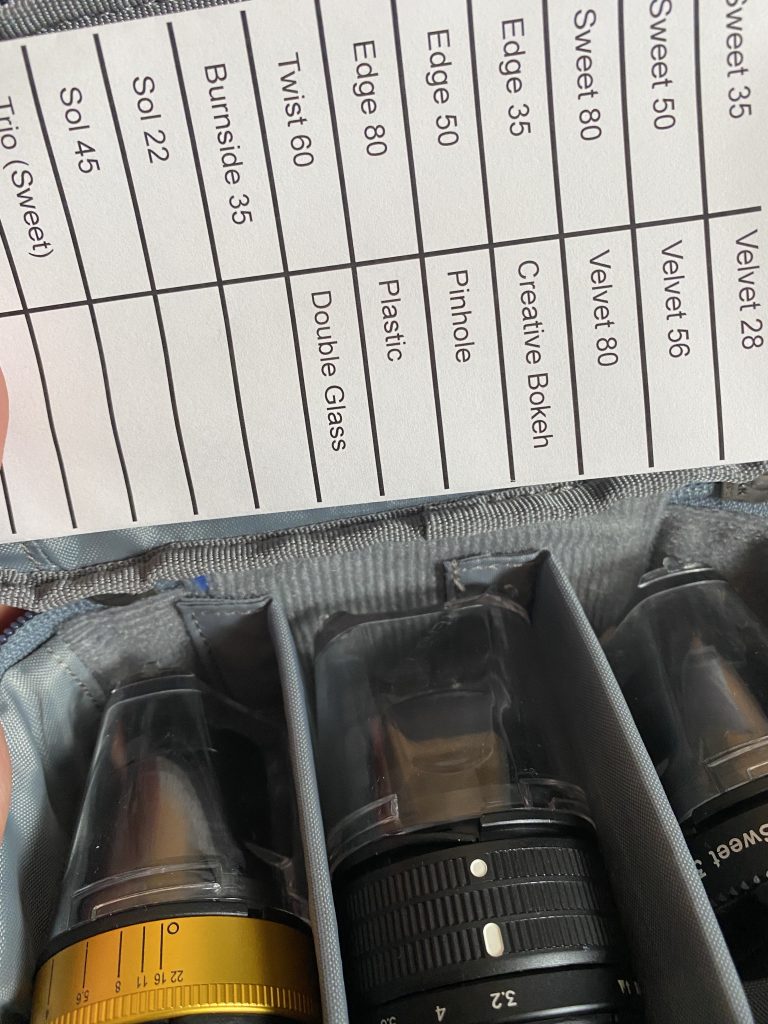One of the confusing things for new photographers is the different exposure modes. What do P, S (or TV), A (or AV), and M mean, and when should you use them? And what about those icons? When would you use one vs. another? And why do cameras have “P” when every third photography tutorial seems to be about getting out of it? Let’s break it down, so you can always choose the proper mode.
Why Exposure Modes Matter
Exposure is composed of three things (well, there is a fourth, but for this we will focus on three) aperture, shutter speed, and ISO. Feel free to skip to the next section if this is old hat, but if you are not familiar:
Shutter speed
Shutter speed is how long the shutter is open; the longer it is open, the more light is allowed in, and the more motion blur you can get in the image. Shutter speeds are expressed in fractions of a second, up through seconds. Each full stop is double the time of the previous one, although there are some jumps where this is not quite followed, so one stop from 1/250th is 1/125th, while the next stop is 1/60th.
Aperture
Also called the f-stop, the aperture is a mechanism that closes down part of the lens. The smaller the aperture (the larger the f-number) the less light is allowed in, and the more depth of field (the area in acceptable focus) you get. Portraits often use a small f-number aperture to blur the background, while landscapes usually use a higher f-number to get the whole image in focus.
ISO
ISO is the relative sensitivity of the sensor to light. The higher the number, the brighter the image, but usually at the cost of noise and a reduced dynamic range (the difference between highlights and shadow where usable detail is recorded).
What the Exposure Modes Mean
Each mode gives you a varying level of control over the image. In P, or Program, the camera picks both aperture and shutter speed (and ISO if Auto ISO is enabled). In A, or AV mode, the photographer chooses the aperture, and the camera fills in the appropriate shutter speed. S, or TV (Time Value) allows the photographer to select the shutter speed, and the camera fills in the aperture. M requires setting both. The photographer can set the ISO, or if Auto ISO is enabled, the camera balances the ISO with the other exposure factors.
Subject Specific Modes
Some cameras have modes for portraits, landscapes, sports, etc. These are all extensions of P, but favor things like a shallow depth of field for portraits or faster shutter speeds for sports.
When to use M
Most tutorials seem to favor M, but in my experience, it is not the one most people shoot in. Being comfortable shooting in M is valuable, but don’t feel it is the only serious option or “how all the pros shoot.” Manual mode gives you the most control and is best when you are in control of the lighting, when there is something tricky, like a lot of contrast between foreground and background, and when using manual flash.
Any time you are using manual flashes, either speed lights or studio lighting, you will need to shoot in manual, since the camera cannot meter the flashes.
You can also enable Auto ISO, which gives you automatic exposure with full control of shutter speed and aperture but make sure ISO is not getting too high or low. This is a good way to shoot for video, so the look does not change drastically in the middle of a clip.
When to use S (or TV)
Shutter priority (Time Value in Canon speak) is best when you need to maintain a minimum shutter speed, like to freeze the action in sports or wildlife photography, or want to use a longer shutter speed to create intentional motion blur. Just remember that the aperture range is going to be smaller than the shutter speed range, so you generally need to keep a little closer eye on your ISO (or enable Auto ISO) than when using A or P modes.
When to use A (or AV)
From my own experience and from talking to and reading others, aperture priority (aperture value to Canon users) seems to be the preferred mode most of the time for most serious photographers. My cameras are in A most of the time. It is generally safer than shutter priority since there is a much wider range of shutter speeds, and controlling depth of field is generally the priority. A is suitable for most situations, but especially for subjects like portraits or landscapes where you want extra control over depth of field.
No one uses P, right?
Since it seems like most photography tutorials focus on getting you out of P, it is natural to wonder why it is on cameras in the first place, and especially high-end, professional cameras. The reality is there are times where P is the right choice.
DSLR/mirrorless photography can be overwhelming when you start, and leaving the camera in P allows new photographers to focus on composition and how they see the world. Yes, we want to learn to use the other modes, but it is easier to let the camera take care of exposure when you start. Unless you are going for specific looks right away, leave your camera in P while you get the other pieces worked out.
OK, I hear you say, but no PRO uses P, right? While it isn’t as common as the other modes, there are some situations where it is appropriate, like times where conditions are changing rapidly, and capturing the moment is more important than the specific look of the picture. These times include events, news, and (I’m sure this will be controversial, but) weddings. Joe Buissink, a wedding photographer with a client list (and day rate) that almost anyone would envy, always keeps the camera in P, because he wants to make sure he gets the moment, and when you are moving between very bright and very dark settings in a wedding venue, P keeps up with it better than anything else. Please don’t take this to mean you can leave it in P Mode with no thought. Watching further in the video, he is doing plenty to control the exposure but can always fall back to P when something comes up suddenly.
Specialty Modes
Some cameras have special modes like Sport, Portrait, landscape, etc. These are extensions of P, but weigh the settings towards the most common settings like high shutter speeds for sports, more depth of field for landscapes, and less for portraits. These can be useful when learning or in the other situations where you might use P.
Where to go from here
It is valuable to know how and when to use all the modes available on your camera. Once you learn to use them, they are all useful tools in your toolkit.
No single mode is perfect for everyone in every situation, and all the modes can get good results in many situations, but there are times when certain modes work better. Learn your camera and the modes it supports well, and don’t get too caught up in anyone’s opinion of how you should shoot.
Now, get out there and create something beautiful.


